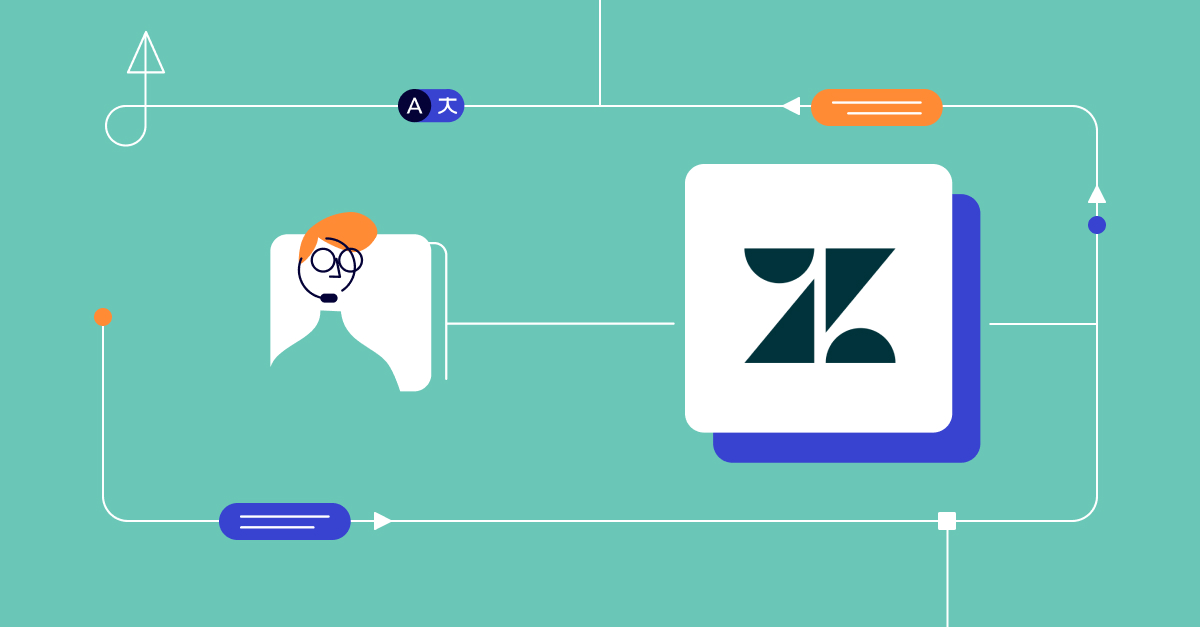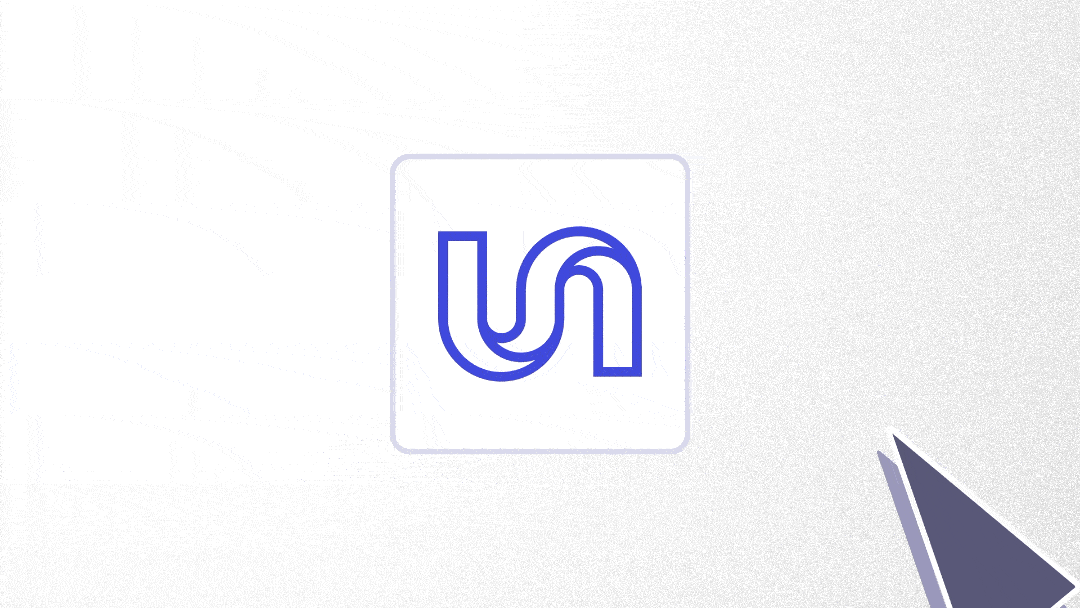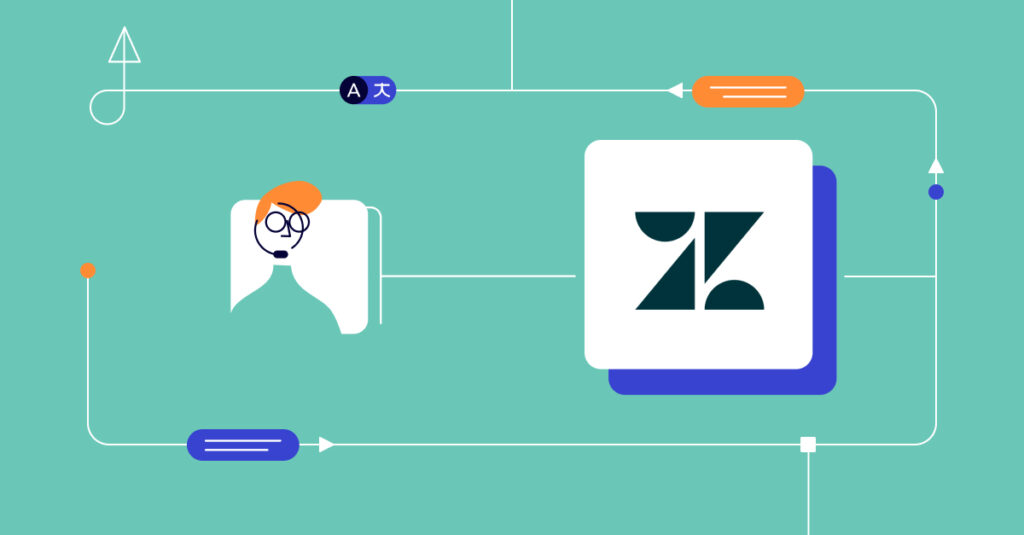 ​​“Imagine walking into a store, being welcomed and supported by the seller in your native language, and not needing to explain who you are, what you’re looking to purchase, solve, return, or anything else,” said Tim Marsden, Sr. Director of Technology Partner Ecosystem at Zendesk.
​​“Imagine walking into a store, being welcomed and supported by the seller in your native language, and not needing to explain who you are, what you’re looking to purchase, solve, return, or anything else,” said Tim Marsden, Sr. Director of Technology Partner Ecosystem at Zendesk.
“It’s now possible to replicate this unparalleled customer experience across your customer’s favorite digital channels. With Unbabel for Zendesk new messaging integration, you can capture the entire CX from the moment a person first engages with your business, to their latest interaction via any available channel.
According to Zendesk’s CX Trends 2022 Report, more than 70% of customers expect conversational experiences when engaging with a company.
So it’s no surprise that the customer support industry is adopting an enhanced omnichannel solution — social media, the web, mobile, or email — for handling an array of consumer issues, from lost luggage and redeeming flight cancellation credit, to device support and compatibility issues for video games.
That same report also shared that 69% of customers want to resolve as many issues as possible on their own using customer self-service options, and additionally, 64% of today’s consumers tried a new way to get in touch with customer service in 2020, with messaging and bots increasing 110% in popularity year-over-year (Source: Zendesk Benchmark 2021).
We discuss the benefits of leveraging an omnichannel CX system, plus explore how customer support teams can leverage Zendesk’s Agent Workspace to provide instant multilingual support at scale with Unbabel’s new messaging integration.

Your customers; their terms
We get it — people are busy. And sometimes life just gets in the way. The main appeal of customer support teams adopting an omnichannel approach for everyday, on-the-go consumers is they’re fast, flexible, and convenient all at the same time.
Customer support conversations have to be ongoing and seamless across the channels where the modern consumers are most active, such as the web, mobile apps, and social media.
Let’s say a customer, who is in the middle of a conversation with an agent, suddenly has to take their dog to the vet, or run to pick up their sick kid from daycare. An optimal experience would be one in which they could return to the conversation two hours later — even on a different device (laptop or smartphone) and channel (website or mobile app) — and pick up the conversation exactly where they left off with the agent having all the historical conversation context.

It’s critical that customers be able to decide if they want to handle conversations in real-time as a single session or an ongoing discussion that is dictated by life’s unforeseen circumstances.
Powering interactive conversational experiences
It’s easy to see how the speed, flexibility, and convenience of letting your customers access you in their preferable channels, create a win-win situation for both customers and agents. Customers quickly get answers to their questions on the channel of their choice, while agents can benefit from never losing the conversation history, and can continue where they left off — via web, mobile app, or social. By having the context of previous conversations, agents can provide a more conversational, convenient, and contextual experience to your customers.
While the advantages of implementing an interactive messaging experience are clear, there’s one customer need that still cannot be resolved out of the box — what if your customer support agent does not speak the same language as the inquiring customer?
Making your CS agents instantly multilingual
If your business is targeting multiple markets in different languages, conversational experiences will still give you a customer support edge, but agents will inevitably run into challenges presented by language barriers.
Consumers expect a highly personalized customer support experience and that includes language clarity. Unbabel’s 2021 Global Multilingual CX Report revealed that 68% of consumers across the world will switch to a different brand if they’re not offered support in their native language.
This is where Unbabel for Zendesk messaging comes into play.

Unbabel for Zendesk messaging — New!
After successful integrations with Zendesk’s Agent Workspace, Tchat, Assistance, and Guide, Unbabel has rolled out Unbabel for Zendesk messaging, which allows agents to deliver faster, more personalized conversations in any language — from website to WhatsApp and other modern channels customers typically prefer.
Unbabel helps enhance Zendesk’s already smooth workflows by allowing customer service agents to communicate with customers no matter what language they speak. Unbabel works as an invisible translation layer that sits between customers and agents, allowing them to communicate on any channel in the customer’s native language.
Unbabel + Zendesk messaging:
Enables customer support agents to instantly communicate across channels, supporting ~95 language pairs.
Allows customers to seamlessly pick up a chat where they left off without losing the conversation history and case details.
Includes out-of-the-box support for WhatsApp Business, Facebook Messenger, Instagram, and Twitter direct messages.
Increases customer support team’s productivity and efficiency with a unified agent workspace that comes right out of the box and gives agents the context they need to respond to customers across any channel.
Helps businesses turn conversations into revenue with custom reporting capabilities that allow teams to manage high volumes and analyze historical trends to provide better staffing across preferred channels.

Breaking down language barriers allows brands to keep teams lean and productive and cut costs by hiring agents solely for their support skills — not their language skills.
Interested in learning more?












